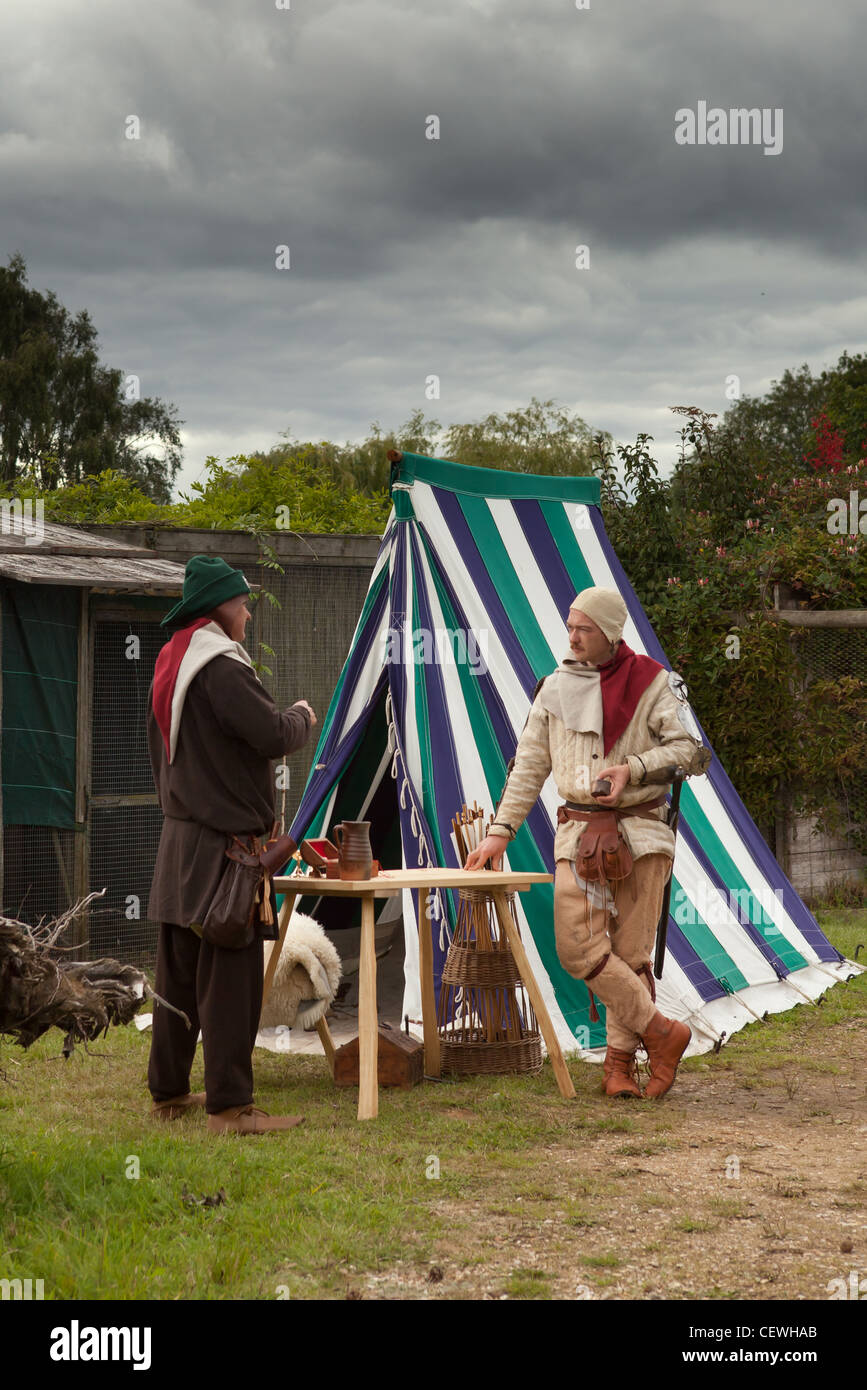
This contrasts with modern families, where the more well off tended to have less children. To some degree this would have been due to the need for additional manpower on larger estates, but it is also a reflection of wealthier families' ability to support more offspring through infancy and childhood. This trend is illustrated in the above graph, where average household sizes nearly doubled as the amount of arable land in the estates they lived on went from lowest the highest. Harvard University Press, 1985.Ī feature of medieval household sizes in Western Europe was that well-off families were larger than poorer families.

Germain is 5.75 persons, and the median size is 6. The average size of the households on the lands of St. Analysis of the Polyptych produces the following breakdown:įrom this, the late David Herlihy calculated that: Of the surviving records from Medieval France, the largest and most famous is probably the Polyptych of Irminon, a survey of almost 2,000 properties in Saint-Germain-des-Prés.Ĭonducted by the Abbot of the eponymous abbey in the early 9th Century, it contained 1,742 households with over 8,600 inhabitants between them. Around this time, surveys of estates began to appear that documented - with varying completeness - the households living off those lands.
Nonetheless, the earliest available information on this subject probably dates to about the 8th Century. Note the standard disclaimers apply: pre-modern demographic statistics are extremely patchy, and often must be interpreted with laborious reconstructions.

However, they remained relatively small scale, and somewhat nuclear families of mostly two generations. In contrast, modern France has an average household size of 2.38. As far as we can tell, Medieval French families were significantly bigger than modern western families - averaging perhaps around five to six.


 0 kommentar(er)
0 kommentar(er)
